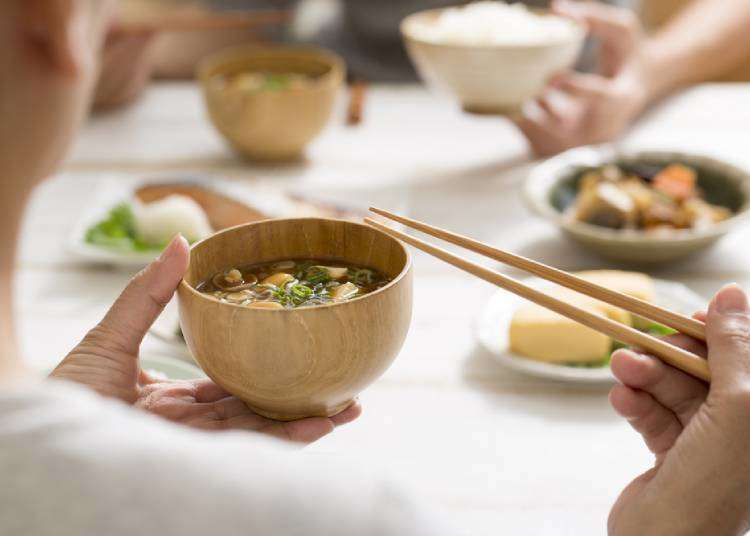
Chopsticks are, inarguably, the single most important eating utensils in Japan. The Japanese use them to eat everything from rice and meat, to noodles, salad, and so much more!
Japan is famous for their complex code of etiquette, and this includes mealtime. In particular, there are certain do’s and don’ts regarding chopsticks. Let’s take a look at five of the most important chopstick etiquette!
1. Don’t Play with Your Chopsticks in Japan
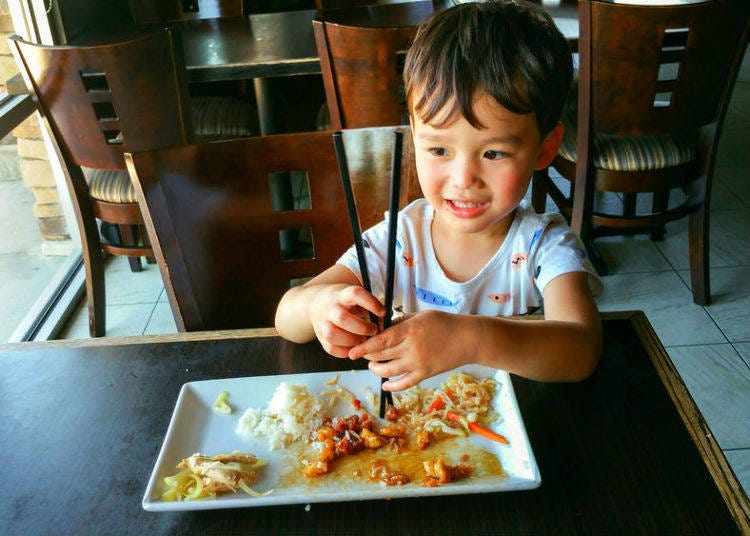
Chopsticks may look like the perfect miniature drumsticks to amuse yourselves while waiting for food to arrive, but playing with chopsticks is definitely considered childish and may invite some strange looks from other diners. It would be the same as using your spoon as an airplane to fly food into your mouth. In fact, even Japanese children typically refrain from this kind of ‘play’ as they are taught from an early age the importance of mealtime manners.
2. Don’t Pass Food from One Set of Chopsticks to Another

When you want to share food, it may seem quick and efficient to pass something from your chopsticks directly to your friend’s chopsticks.

However, this is practice is considered very taboo during eating, as it is the way that the bones of the deceased are passed during Japanese funeral rituals. If it is necessary to pass food with chopsticks, it is best to place it directly on a plate so that they may pick it up on their own.
3. Don’t Rub Your Chopsticks Together
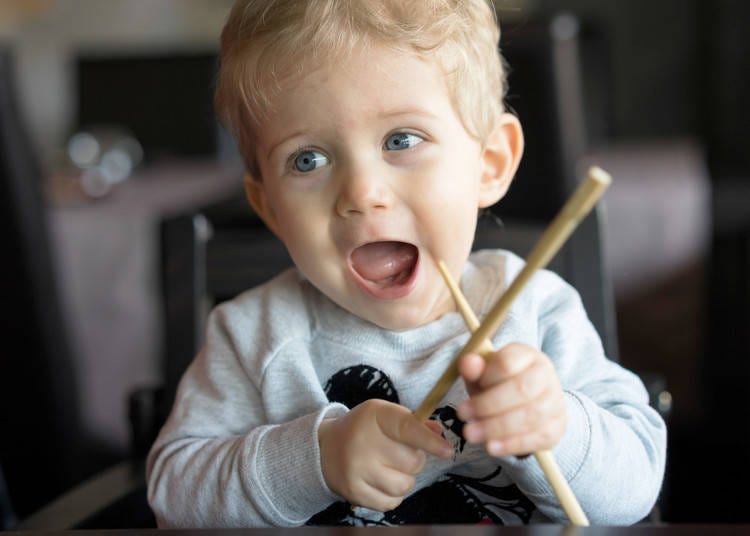
Depending on which country you come from, it might not be out of the ordinary to rub disposable wooden chopsticks (called “waribashi” in Japanese) together as a way of smoothing the texture. While this is a great way to avoid potential splinters, it is actually considered to be bad manners in Japan. Rubbing your chopsticks may imply that you think the restaurant you’re dining at doesn’t provide quality chopsticks. So, try to remember to avoid this action if possible.
4. Don’t Stick Your Chopsticks into Rice
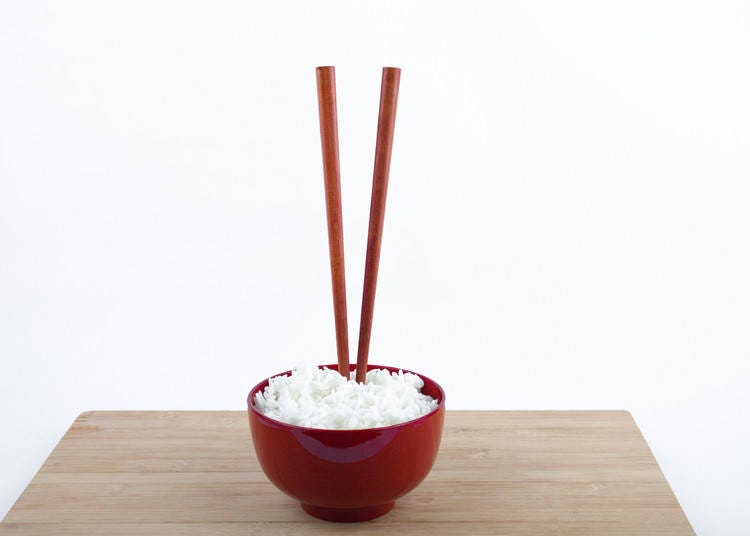
Another common chopstick mistake which will make many Japanese people cringe is putting them upright into the rice. Many foreigners feel that sticking chopsticks in the rice is an easy and obvious way to put them. However, in Japanese culture, sticking chopsticks vertically into rice should only be done only during funeral rituals, and therefore, something to be avoided during regular mealtimes. Try to use chopsticks holders if available, but if there are none then place your chopsticks uncrossed on your bowl or plate.
5. Don’t Cross Your Chopsticks
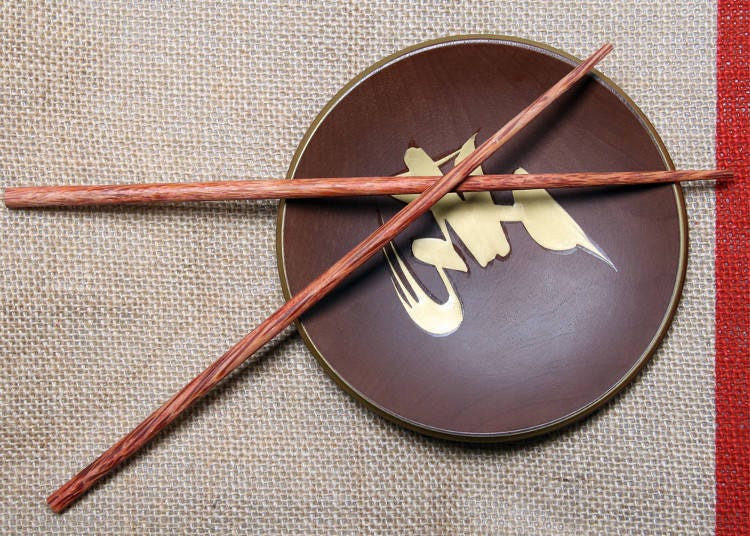
Another rule when eating with chopsticks in Japan is that one should avoid placing them in an “X” shape. It is said that crossed chopsticks represent death itself in China. While Japan may not associate this practice with death, it is still generally considered bad manners to cross your chopsticks. Whenever possible, try to remember to keep them in a parallel position whether they are in your hands or placed down.
Chopstick Etiquette: More than Rules; a Window into Japanese Culture
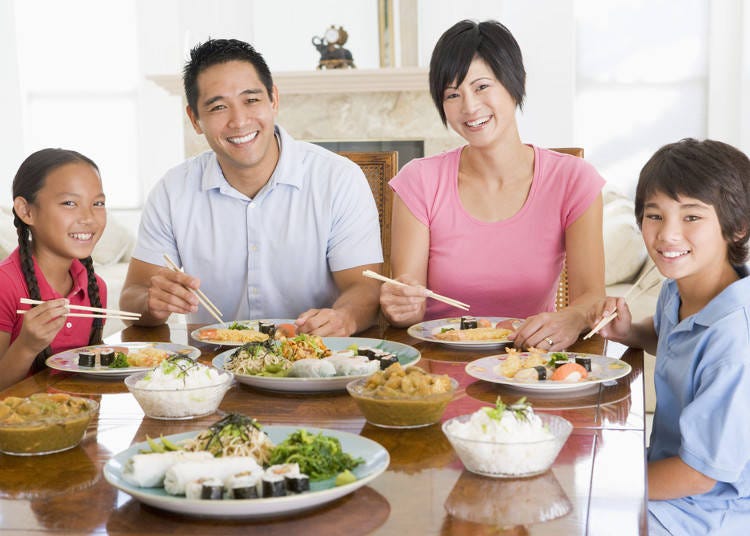
There are many traditions and practices foreigners may not be aware of when they come to Japan, and this is generally understood and forgiven by the Japanese, as not everyone has the same cultural practices. As a foreigner you may be excused for not knowing every Japanese custom, but knowing more about the culture will certainly help you become better acquainted with the country and make a better impression with the people!
- Area
*Prices and options mentioned are subject to change.
*Unless stated otherwise, all prices include tax.
Popular Tours & Activitiess
Recommended places for you
-

A Don Quijote Like No Other: Step Inside the All-New Tourist-Friendly Store at Shinjuku Tonanguchi Bekkan
by: Chehui Peh
-
Ad

Walk in the Footsteps of Believers: A 4-Day Pilgrimage Across Goto City
by: Yohei Kato
-

The Ultimate Guide to Mitsui Outlet Parks in Japan (2025 Edition) - Popular Tax-Free Malls & Coupon Info for Travelers
-

See Asakusa and Tokyo Skytree® in a New Light at the "Také Akari" Festival (Winter 2025-2026)
by: Guest Contributor
-

10 Must-Buy Cosmetics at Don Quijote (2025 Edition)
-
Ad

Okinawa Travel Troubles? Guide to the MCC Hotline for Illness and Weather Emergencies
Inspiration for Accommodations
-

Enjoy Mt. Fuji from the Comfort of Your Room! Recommended Ryokan with Mt. Fuji View
-

Stay Near the Cherry Blossoms! Hotels for Cherry Blossom Viewing in Tokyo
-

Family-Friendly Hotels with Free Shuttle to Disneyland: Convenient Access for a Magical Stay
-

Top Ranked Hakone Hotels with Mt. Fuji View: Enjoy Stunning Scenery from Your Private Space
-

Convenient Tokyo Hotels with Airport Shuttle: Ideal for Families and Heavy Luggage
-

Stunning Tokyo Tower View Hotels: Enjoy Spectacular Scenery from Your Private Space
-

Convenient Asakusa Hotels with Kitchens: Ideal for Extended Family Visits
-

Experience Luxury: Hakone's 10 Best Five-Star Accommodations
-

Enjoy Mt. Fuji Autumn Leaves! Top Hotels Near the Popular Autumn Leaves Corridor
-

Experience Hakone Fall Foliage from Your Room with Stunning Views
-

Top 3 Photo Spots at Tokyo Station
-

Exploring Tokyo Station: 11 Must-Visit Spots Around the Heart of Tokyo
-

Tokyo Train Map: Your Essential Guide to Subways and Railways
-

Experience the Magic of 'The Nutcracker' in Tokyo This Winter
-

The Best of Japan: 11 Major Cities Every Traveler Should Visit
-

54 Tattoo-Friendly Onsen Hot Springs and Sento Baths in Tokyo
by: Korey Keen
- #best ramen tokyo
- #what to buy in ameyoko
- #what to bring to japan
- #new years in tokyo
- #best izakaya shinjuku
- #things to do tokyo
- #japanese nail trends
- #what to do in odaiba
- #onsen tattoo friendly tokyo
- #daiso
- #best sushi ginza
- #japanese convenience store snacks
- #best yakiniku shibuya
- #japanese fashion culture
- #best japanese soft drinks


















